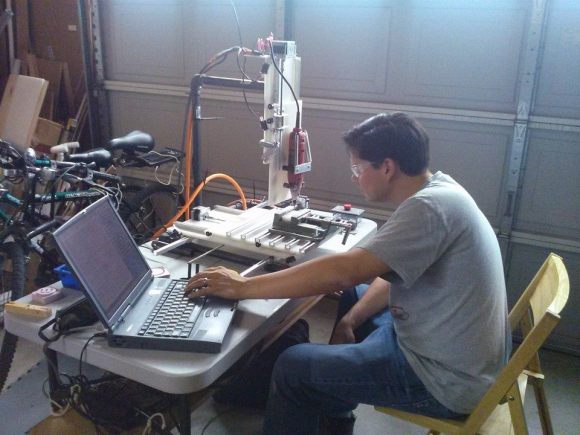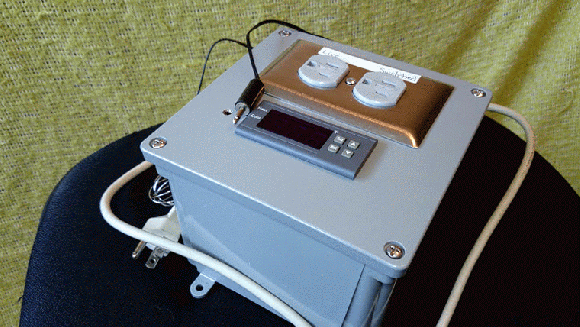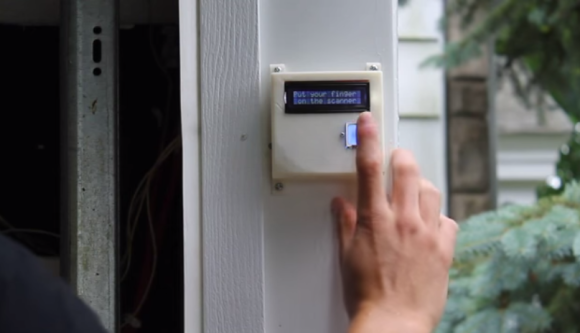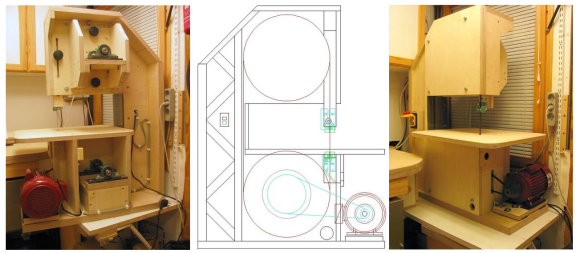
Humans generate a lot of waste. It is somewhat relieving to see so many great reuses of old items out there on the ‘web. We love covering these types of projects here on Hackaday. [Martin] likes using recycled items in his projects and wrote in to tell us about his recently completed Wooden Ghettoblaster that utilizes a bunch of old parts and doodads he had kicking around.
The main case, believe it or not, is constructed of leftover wood flooring. The fake tape deck, buttons and tuner may look like they are just burnt/etched/stained but they are actually inlaid pieces of darker wood. Once all of the inlays were installed in the front face of the cabinet, the entire surface was sanded smooth and the edges chamfered to add some visual appeal.
Holes for a pair of old aftermarket car speakers were not only cut into the front face of the case, they were also counterbored so the speakers would sit flush with the panel. [Martin] did decide to purchase one component for the project, a set of VU meters. They are mounted to the case via their own inlaid piece of wood and are connected in parallel with the line-level portion of the signal path.
Continue reading “Wooden Ghettoblaster Makes Use Of Recycled Parts”

















